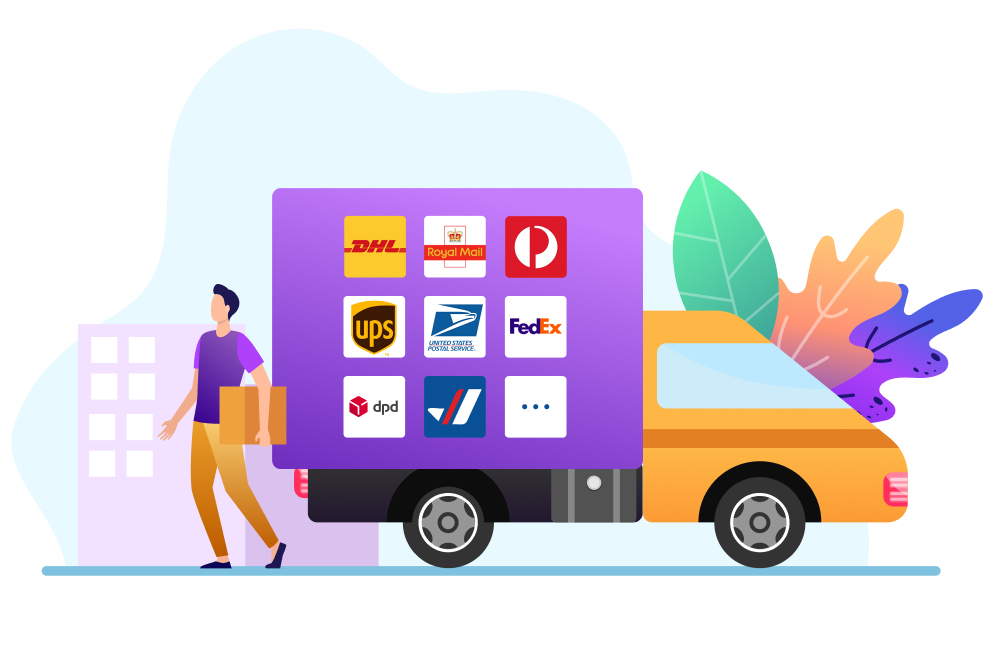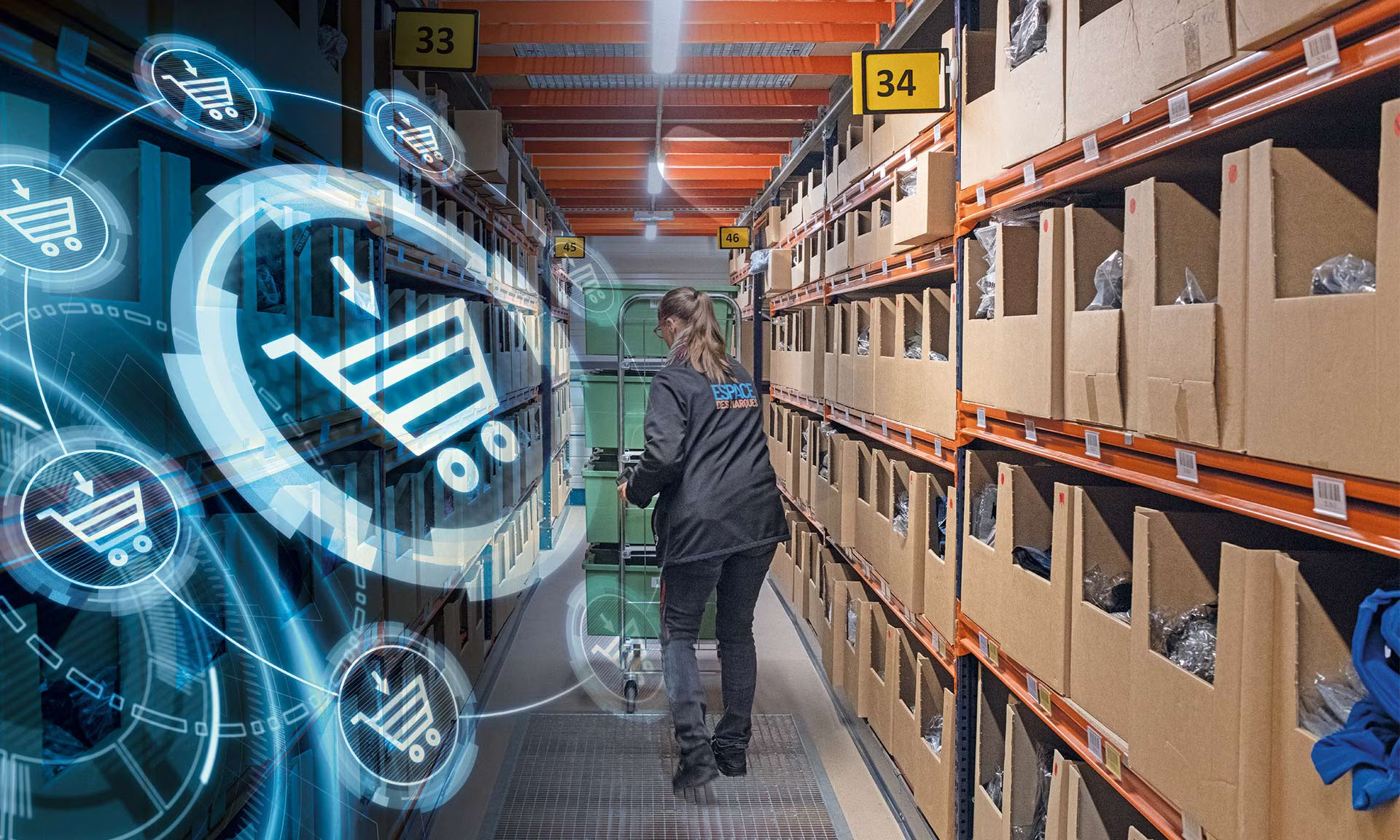Pourquoi votre magasin échoue-t-il sans l'intégration de l'expédition du commerce électronique ?
Pourquoi l'intégration de l'expédition dans le commerce électronique est-elle si importante ?
De nombreux propriétaires de magasins pensent que la vente en ligne ne concerne que les produits et les paiements, mais le véritable défi est l'expédition. Sans Intégration de l'expédition pour le commerce électroniqueChaque commande risque d'être entachée d'erreurs, de retards et de coûts cachés.
Aujourd'hui, les acheteurs n'attendent pas. Des adresses erronées, des délais de livraison imprécis ou des frais inattendus les poussent à abandonner leur panier et à perdre confiance en votre magasin.
L'intégration résout ce problème en automatisant les étiquettes, en affichant les tarifs en temps réel et en fournissant un suivi en temps réel, faisant ainsi de l'expédition un avantage plutôt qu'un handicap.
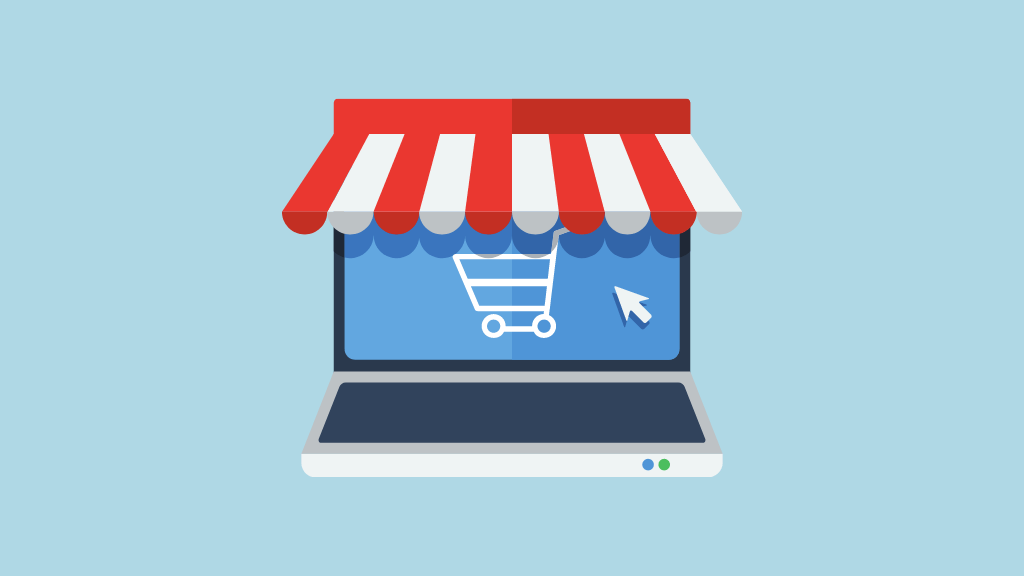
Que se passe-t-il lorsque l'on ne tient pas compte de l'intégration de l'expédition pour le commerce électronique ?
1. Ventes perdues en raison de l'abandon du panier
L'une des principales raisons pour lesquelles les acheteurs abandonnent leurs paniers est le montant élevé ou imprévu des frais d'expédition. Sans intégration, les magasins s'appuient souvent sur des méthodes d'expédition forfaitaires ou manuelles. Cela conduit à :
- Estimations inexactes des frais de port
- Des coûts plus élevés que ceux auxquels les clients s'attendent
- Absence d'options de livraison
Les études montrent que plus de 50% des acheteurs en ligne abandonnent leur panier si les options de livraison ne répondent pas à leurs attentes.
2. Les erreurs manuelles qui nuisent à votre activité
Traiter les envois manuellement signifie copier et coller les adresses, imprimer les étiquettes séparément et assurer le suivi des commandes en dehors de votre système. Il en résulte souvent :
- Adresses de livraison erronées: Sans intégration de l'expédition, les adresses sont souvent saisies manuellement, ce qui augmente le risque de fautes de frappe ou de détails manquants. Même une petite erreur dans le code postal ou le numéro de rue peut entraîner une erreur d'acheminement ou une perte de colis.
- Retard de livraison: Les processus manuels ralentissent tout. Le personnel doit copier les détails de la commande, se connecter aux sites web des transporteurs et générer les étiquettes une par une. Ce temps supplémentaire s'accumule et ralentit l'expédition, ce qui frustre les clients qui attendent une livraison rapide.
- Des taux de retour plus élevés: Les erreurs d'adresse et les retards entraînent souvent des échecs de livraison, ce qui oblige à renvoyer les colis. Les retours n'augmentent pas seulement les coûts pour votre entreprise, ils nuisent également à la confiance des clients et réduisent les achats répétés.

Ces erreurs font perdre du temps, augmentent les coûts et nuisent à votre crédibilité.
3. Absence de suivi en temps réel
Les clients d'aujourd'hui exigent de la visibilité. Si votre magasin n'offre pas de suivi en temps réel, ils perdent confiance. Les processus manuels impliquent généralement l'envoi séparé des numéros de suivi, ce qui semble dépassé. Sans Intégration de l'expédition pour le commerce électroniqueLes clients peuvent inonder votre boîte de réception de questions "Où est mon colis ?
4. Difficulté à faire évoluer votre magasin
Au fur et à mesure que votre volume de commandes augmente, l'expédition manuelle devient impossible à gérer. Sans automatisation, vous passez des heures à imprimer des étiquettes, à planifier des enlèvements et à informer les clients. L'intégration vous permet d'évoluer en automatisant ces tâches répétitives.
Comment l'intégration de l'expédition pour le commerce électronique résout-elle ces problèmes ?
Génération automatisée d'étiquettes
- La création manuelle d'étiquettes est lente et sujette aux erreurs, car il faut souvent copier-coller les adresses.
- Avec Intégration de l'expédition pour le commerce électroniqueLes étiquettes sont générées automatiquement dans votre tableau de bord.
- Il permet d'économiser des heures de travail, de minimiser les erreurs et de s'adapter facilement à l'augmentation du volume des commandes.
Tarifs d'expédition en temps réel
- Les frais d'expédition inattendus sont l'une des principales causes d'abandon du panier.
- L'intégration permet de se connecter directement à des transporteurs tels que DHL, UPS, FedEx ou USPS pour afficher les tarifs en temps réel au moment du paiement.
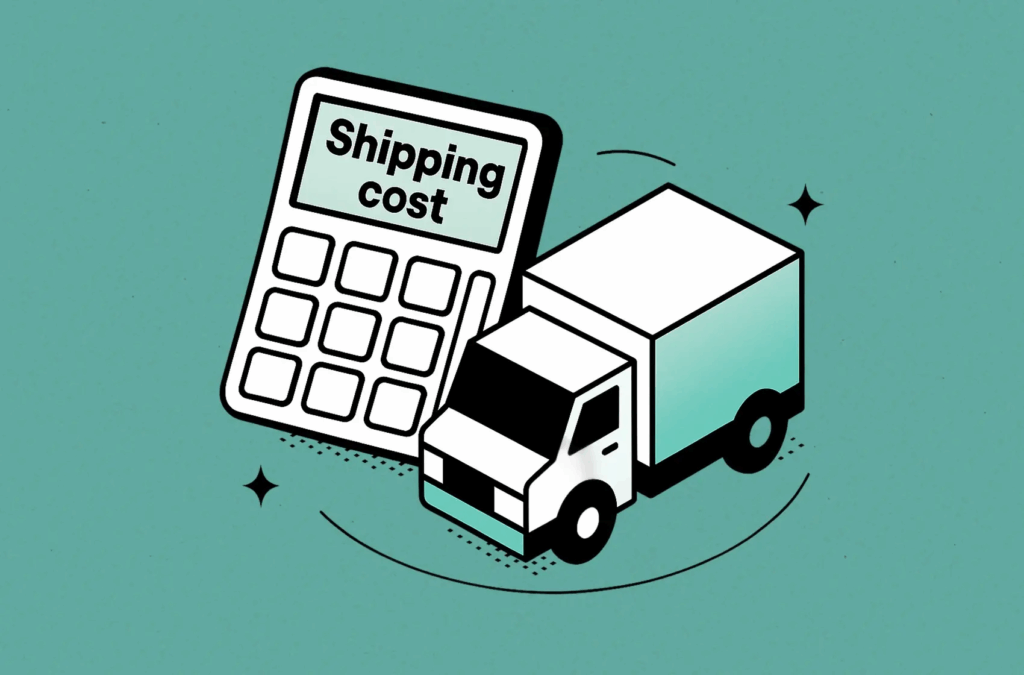
- Elle renforce la confiance des clients, évite les mauvaises surprises et protège vos marges bénéficiaires.
Options multi-transporteurs
- Les clients ont des besoins différents : certains privilégient la rapidité, d'autres veulent des prix abordables.
- L'intégration permet à votre magasin d'afficher plusieurs options de transporteur à la caisse, par exemple :
- DHL Express (2-3 jours)
- UPS Standard (5-7 jours)
- USPS Economy (7-10 jours)
- La flexibilité offerte améliore l'expérience d'achat et stimule la compétitivité internationale.
Mises à jour transparentes du suivi
- Après l'achat, la question la plus fréquente des clients est la suivante : "Où est mon paquet ?
- Les systèmes intégrés attribuent et envoient automatiquement des numéros de suivi.
- Les clients peuvent suivre les expéditions en temps réel, ce qui réduit les demandes d'assistance et accroît la fidélité.
Analyse et contrôle des coûts
- Ces informations vous permettent d'optimiser l'emballage, de choisir les meilleurs transporteurs et de négocier de meilleurs tarifs.
- L'expédition est l'un des coûts les plus élevés du commerce électronique. En l'absence de données, les dépenses augmentent rapidement.
- L'intégration fournit des analyses sur : les délais de livraison moyens par transporteur ; le coût par envoi par région.
- Les retards de livraison et les taux de retour.
Pourquoi les clients accordent-ils tant d'importance à l'intégration des services d'expédition ?
Confiance et transparence
Les clients veulent savoir exactement quand leur commande arrivera. L'intégration fournit des estimations de livraison précises et des mises à jour en direct, ce qui renforce la confiance.
Rapidité et flexibilité
De livraison le jour même à l'expédition internationale, l'intégration permet à votre magasin de répondre aux attentes des clients. Lorsque les acheteurs disposent d'options, ils sont plus enclins à finaliser leur achat.
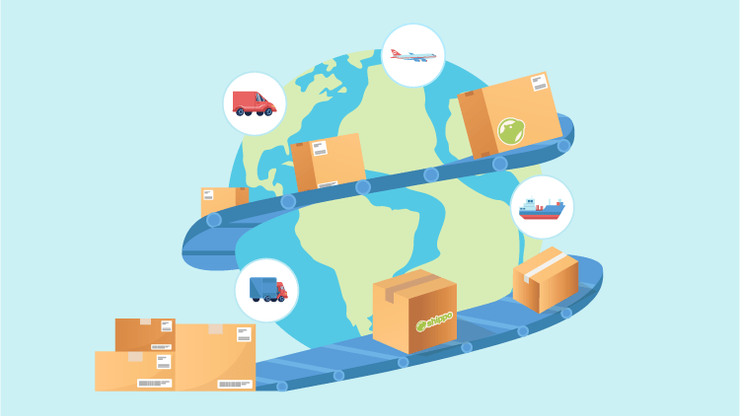
Une expérience cohérente
Une boutique en ligne moderne ne peut pas se permettre de proposer des services d'expédition obsolètes et fragmentés. Les systèmes intégrés créent une expérience cohérente de l'achat à la livraison.
Idées reçues sur l'intégration de l'expédition dans le commerce électronique
"C'est trop cher
De nombreuses petites entreprises pensent que l'intégration est réservée aux grandes entreprises. En réalité, la plupart des plateformes de commerce électronique (Shopify, WooCommerce, Magento) proposent des plugins abordables qui permettent de se connecter aux principaux opérateurs. Le gain de temps et de chiffre d'affaires l'emporte souvent sur le coût.
"Je peux gérer manuellement
L'expédition manuelle peut fonctionner pour quelques commandes par semaine, mais elle s'essouffle rapidement lorsque les ventes augmentent. L'intégration permet à votre boutique d'être prête pour l'avenir en la préparant à faire face à des volumes plus importants.
"Les clients ne se soucient pas de la traçabilité".
C'est loin d'être le cas. Les clients vérifient le suivi plusieurs fois avant la livraison. Le fait de fournir un suivi intégré augmente la satisfaction et les achats répétés.
Comment choisir la bonne intégration d'expédition pour le commerce électronique
Vérifier la compatibilité
Vérifiez toujours que votre Intégration de l'expédition pour le commerce électronique fonctionne avec votre plateforme. WooCommerce, Shopify et BigCommerce ont chacun des exigences différentes. Garantir la compatibilité permet d'éviter les erreurs et les temps d'arrêt.

Couverture du transporteur
Les meilleures intégrations se connectent à plusieurs transporteurs, locaux et internationaux, tels que DHL, UPS et FedEx. Cela vous permet de servir les acheteurs nationaux et internationaux tout en offrant à vos clients davantage de choix en matière de livraison.
Caractéristiques de l'automatisation
Une intégration solide doit permettre d'automatiser les étiquettes, les formulaires douaniers et les mises à jour de suivi. L'automatisation permet de gagner du temps, de réduire les erreurs et de permettre à votre équipe de se concentrer sur la croissance plutôt que sur les tâches manuelles.
Évolutivité
Lorsque le volume des commandes augmente, votre système doit suivre. Une solution évolutive peut gérer une demande plus importante sans ralentir, ce qui permet à votre magasin de se développer en douceur.
Soutien et mises à jour
Recherchez des fournisseurs qui offrent une assistance fiable et des mises à jour régulières. Votre système d'expédition reste ainsi sécurisé, fonctionnel et adapté à l'évolution des plates-formes et des exigences des transporteurs.

Quel est l'avenir de l'intégration de l'expédition dans le commerce électronique ?
À mesure que les attentes des clients augmentent, l'intégration de l'expédition ne fera que gagner en importance. Les tendances émergentes sont les suivantes :
- Estimations de livraison assistées par ordinateur qui prévoient les retards avant qu'ils ne se produisent
- Options d'expédition écologiques pour attirer les acheteurs soucieux de l'environnement
- Intégration omnicanalela possibilité pour les clients d'acheter en ligne et de renvoyer les produits en magasin
- Conformité transfrontalière automatisation pour les droits et taxes
Les magasins qui adoptent rapidement ces tendances se démarqueront sur le marché concurrentiel du commerce électronique.
Conclusion
Sans Intégration de l'expédition pour le commerce électroniqueAvec l'intégration, votre magasin s'expose à des paniers abandonnés, à des erreurs manuelles et à des clients frustrés. L'intégration permet de rationaliser l'exécution des commandes, de réduire les coûts et d'améliorer la confiance des clients. Elle transforme l'expédition d'un point de douleur en un avantage concurrentiel.
Si vous souhaitez créer une entreprise de commerce électronique évolutive et conviviale, le message est clair : l'intégration n'est pas facultative, elle est essentielle.
Aperçu de l'industrie
nouvelles via la boîte de réception
Nulla turp dis cursus. Integer liberos euismod pretium faucibua





